9th International Comet Assay Workshop
- Details
- Created: Tuesday, 11 October 2011 10:45
Introduction
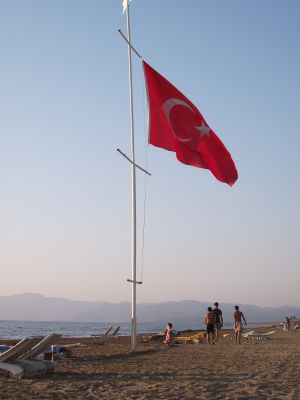
The 9th International Comet Assay Workshop (ICAW) took place in Kusadasi, Turkey in September 2011. The workshop is a scientist-organised, independent and successful scientific conference on the comet assay which has been established for 16 years. The oral presentations given over the four-day conference were of excellent quality and covered a number of interesting and exciting research fields applicable to the comet assay. In addition, sixty scientific posters were presented, and with scientists arriving from all corners of the globe (Russia, Mexico, South Africa and Malaysia, to name a few) it was sure to be an exciting opportunity to discuss the future of the comet assay in the stunning setting of Turkey.
"...nearly two thirds of all the oral presentations were delivered by current users of our Comet Assay systems..."
Human Health & The Comet Assay
Human Biomonitoring was a subject beautifully covered by scientists from the Flemish Institute of Technological Research and Hacettepe University, and the use of the comet assay within dietary trials was reported by representatives from the Univeristy of Perugia, Gazi University and the Karolinska Institute. The variable nature of the comet assay within human biomonitoring studies was further discussed in a special session dedicated to the ComNet project.
During the conference, it was surprising to learn about the dangers of some “herbal drugs” to humans; these drugs are typically perceived to be safe, as they are naturally occurring. In addition, we heard about the protective effect that polyphenols (a type of antioxidant) can have against DNA damage. Interestingly, one oral presentation covered the story of a trial involving a diet supplement of a particular vegetable oil which researchers hope will help those suffering from chronic kidney disease.

The comet assay has proved to be a useful tool in the field of occupational health. We heard about the effect of traffic-related air pollution on DNA damage, and a variety of employees (including pottery workers, radiology technicians, medium density fibreboard (MDF) workers, pesticide sprayers and foundry workers) were examined for DNA damage using the comet assay. Here, it was shown that the wearing of protective clothing did have a protective effect on the level of DNA damage observed.
Ecogenotoxicology
The application of the comet assay within an ecological setting was discussed by representatives from the University of Plymouth, Gazi University, Cemagref, Trakya University, Ecole Nationale des Travaux Publics de l’Etat and Ankara University. Ecogenotoxicology is the study of chemicals with DNA-damaging abilities in the environment; they could represent a threat to human health or to the health of the ecosystem. The conclusions presented at ICAW included a study involving mirror carp (Cyprinus carpio carpio) exposed to copper and high or low oxygen concentrations and another study involving the common carp (Cyprinus carpio) and the possible pollution of Lake Morgan, Ankara, Turkey. In addition, presentations were made which detailed the use of the zebra mussel (Dreissena polymorpha), the New Zealand mudsnail (Potamopyrgus antipodarum), and the rose tortrix (Archips rosana) a moth from the Tortricidae family, as model organisms for comet assay use. The session concluded with a presentation explaining the possibility of in vitro testing as an alternative to some in vivo fish models.
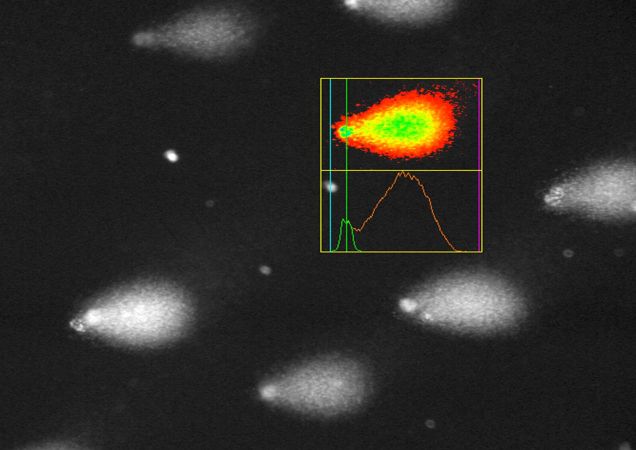
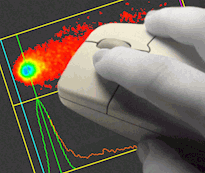
Method Development & Applications
Many scientists presented their findings on the development and improvement of the comet assay. The major theme of the conference was the desire from several delegates to standardise a method for the comet assay which could be used by many. This, theoretically, should lead to a decrease in inter-laboratory variation between comet assay studies.
We heard an interesting talk from the research group at the University of Ulm regarding the sensitivity of the comet assay for the detection of DNA breaks, and a representative from the Norwegian Institute of Public Health spoke about the variability of different scoring systems and calibration curves between research groups. In addition, we learnt about the application of the comet assay in new fields, such as plasma medicine (Ernst Moritz Arndt University) and the toxicity of silver nanoparticles (Institute of Nuclear Chemistry and Technology).
The method used for the comet assay was discussed both during the oral presentations and in the poster session. The effect of methodological factors, such as agarose concentration (or density), variation of incubation times and the strength and duration of the electric field during electrophoresis were all discussed.
Perceptive Instruments
Perceptive Instruments provided sponsorship and held a stand at the conference. We were delighted to be able to demonstrate the new features of Comet Assay IV scoring software to many delegates. Comet Assay IV has proved to be a very popular scoring system: nearly two thirds of all the oral presentations were delivered by current users of our Comet Assay systems.
Socially
The delegates enjoyed an excursion to the house of Virgin Mary located on the top of the Bulbul Mountain and a tour of Ephesus, the ancient Greek city of Asia Minor and one of the greatest Ionian cities. The conference included a Gala Diner, where traditional Turkish food was served in the ‘Roof Top Room’ followed by dancing to a local band.
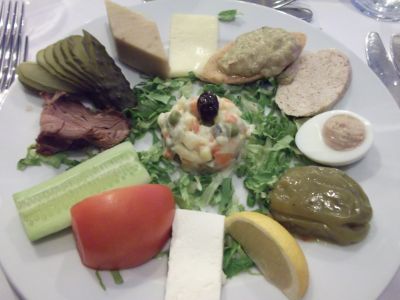
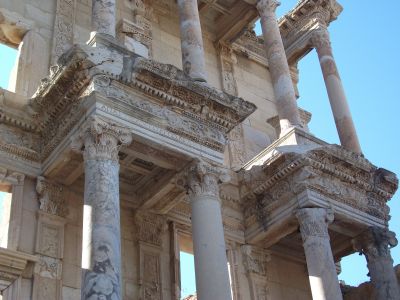
Conclusion
The 9th ICAW was a success and the exchange of information between specialists from both the academic and industrial sectors was achieved. Comet Assay IV is clearly the image analysis system of choice for research involving the comet assay. We are delighted that our software is able to propel this area of research forward and look forward to attending the next ICAW in Portugal in 2013!
